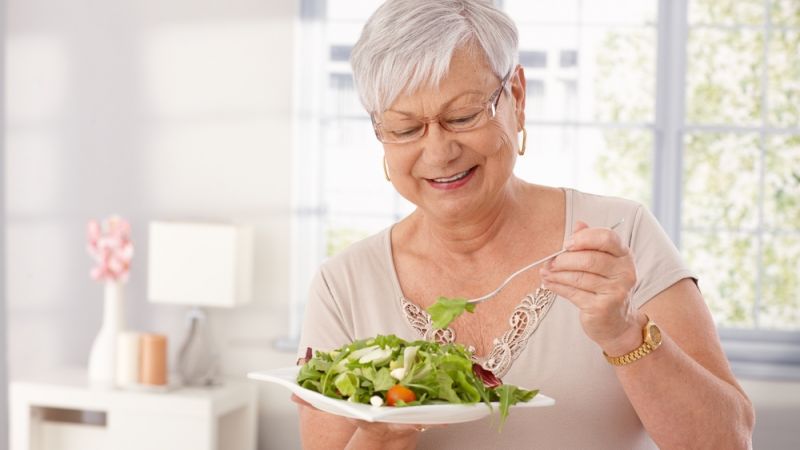Who doesn’t love a salad? Whether it’s an appetizer or an entrée, there are so many ways to enjoy this healthy and yummy meal. However, a salad loses its nutritional value when unhealthy ingredients such as croutons and bacon are added. So if you’re looking for ways to make your salad healthier without losing its delicious taste, keep reading for our list of healthy salad toppings.
Add More Color
When making your salad, perhaps the best advice to follow is to add more color. Since iceberg lettuce has a very low nutritional value, consider using romaine, spinach, kale, arugula, endive or any other brightly colored green as a basis for your salad.
As for your toppings, the possibilities are endless – peppers, tomatoes, cucumbers, mushrooms, carrots, beets, cranberries, figs, the list goes on. The best part is that anything that comes from nature can be a healthy salad topping, and remember that the brighter the color, the better!
Swap Out Unhealthy Ingredients
Who says you can’t swap out the unhealthy ingredients in a salad without losing the taste? Here’s a list of healthier alternatives for your salad:
- Replace croutons with nuts. If you’re like us and like your salad to have a little crunch, add walnuts, sunflower seeds or whole grain croutons to reduce your fat and salt intake.
- Only use a small amount of cheese. Parmesan cheese is the best option as it adds flavor without adding a ton of calories.
- Leave out the bacon. We know bacon is delicious, but it’s the fastest way to cancel out the health benefits of a salad.
- Add grilled chicken. Chicken is a great addition, especially if the salad is your entrée, but make sure it’s grilled and not fried chicken.
- Add fresh, not dried, fruit. Dried fruit only adds sugar, so opt for fresh fruit instead. Additional tip: to absorb iron, top a spinach salad with strawberries or oranges.
- What would a salad be without dressing? We know salad dressings are flavorful, but be aware of the proper serving size and stick to it! Even fat-free dressings can be tricky because they replace the fat with sugar, so be sure to read the labels.
What Came First: The Salad or the Egg?
According to a recent study conducted by Perdue University, adding eggs to your salad is a great way to absorb the salad’s nutrients. The colorful vegetables typically found in salads contain many types of carotenoids, which are fat-soluble nutrients responsible for reducing oxidative stress and inflammation. The study’s lead author Wayne Campbell found that the egg yolk is the most important part of the egg to consume since the yolk contains lipids, which enhance your ability to consume carotenoids.
Even though salad dressings also contain lipids, Campbell believes eggs are the better option since it’s very easy to add too much dressing and increase your calorie intake. The average salad dressing contains anywhere between 140 and 160 calories for every two tablespoons, whereas one whole egg contains 70 calories and 6 grams of protein. As Campbell said, “People are at a greater risk of putting too many calories on a salad because they don’t know proper portion sizes for salad dressings, but you do know the portion size of an egg.”
Whether you decide to add eggs or walnuts to your salad, be aware of the healthy salad toppings out there that can go a long way in benefitting your health!

